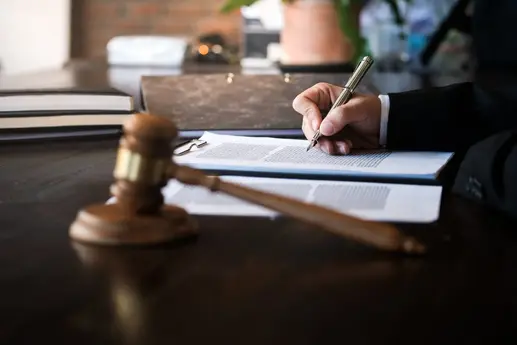 Leandra’s Law: One Year Later
Leandra’s Law: One Year Later
If you have an injury due to your landlord’s negligence, you may be able to receive compensation. As property owners, landlords are responsible for providing a safe living environment. They need to stay aware of property issues and make repairs. The premise liability law ensures that your landlord is liable if she or he fails to provide a safe home for you to reside in. When dealing with this type of situation, it is important to know how to move forward with your case. Keeping landlords informed There are safety measures that a landlord may be negligent for ignoring. If you or other tenants have shared concerns about broken smoke alarms, broken steps or other hazards, but the landlord has taken no action to correct these issues, it shows negligence. Sharing this information with the court is crucial when moving forward with your case. Qualifying hazards Premise liability covers a wide range of hazards. The landlord is not only responsible for dangers related to property repair, such as ensuring the repair of cracked step on a staircase, but airborne hazards. For example, if you develop health problems because of mold in your rental property, the landlord may hold responsibility for having you stay in unsafe conditions. Proving negligence An essential factor for qualifying is showing that your landlord’s negligence led to your injury. For example, if you slipped running up the stairs, but it was your fault and there was nothing wrong with the step, the landlord holds no responsibility. However, if you fell because a step broke when you stepped on it due to wood rot, you may have a case for premise liability. Sharing fault If the injury is the fault of both you and the landlord, it is comparative negligence in New York. In this case, you receive less compensation based on the percentage of fault attributed to you.

